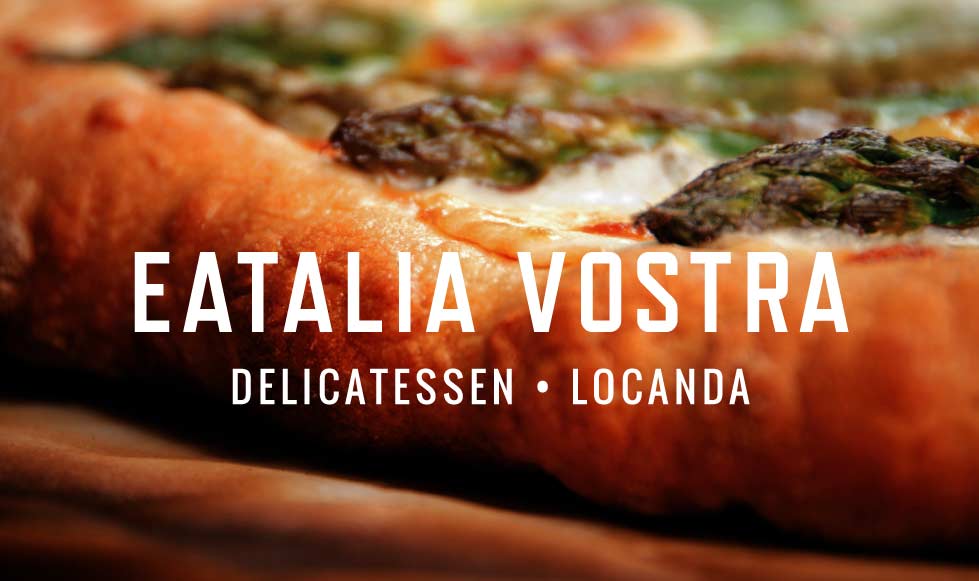The ultimate guide to restaurant website design
Restaurant website design
When it comes to restaurant website design, the first decision a business needs to decide is whether to go down the “off-the-shelf” route or to commission bespoke web design. The argument for bespoke design is overwhelming, as we hope this post will prove.
Creative, bespoke web design
A restaurant’s website needs to engage with customers and grow brand loyalty. Bespoke design is the best way to achieve unique branding and deliver a consistent look across all marketing platforms: branding, interior design, printed menus, social media, website.
There are obvious things a restaurant website requires:
- Contact details
- Location maps
- Menus
- Photos of interiors and food
- Customer reviews
- Make a booking CTA’s
However simply just combining these elements on a site without due thought may lead to low conversions and poor online visibility.
It goes without saying that a beautifully design website with lovely imagery and typography is important. However, it also needs to be technically accurate with precise coding and functionality.
The ultimate goal is conversions — bums on seats! A website might look pretty, but if customers aren’t booking tables, then it’s pretty much redundant. Website design should be considered and informed as well as beautifully executed. User experience and functionality are key.
Research and insights
For this reason, it’s important for any web designer to conduct extensive research before jumping into the design stage. Over time, design agencies (such as Union 10 Design, of course) gain insights into best practices for restaurant website design.
These include how to:
- place call-to-action buttons,
- structure navigation,
- code menus and add dietary filters,
- add location pages and filter them
- Schema Markup.
It’s also worth considering a restaurant’s ongoing marketing strategy: how to increase traffic to their website over time. How to grow their brand. Newsletter signup forms, reviews, recipes, booking functionality all form part of this strategy.
Scalability
Restaurant website design can be a big investment. So, it’s important to invest in a website that will stand the test of time and grow with your business. Scalability may include adding more location pages or more sophisticated functionality, such as WooCommerce shops or third-party booking systems.
Union 10 have proven success in taking a business from 3 locations to 23, within the same website.
Mobile first
For many years web developers have adopted a ‘mobile-first’ approach to design and build. This is not only good for user experience (UX) and search engine optimisation (SEO), but it is especially important when we consider restaurant websites, as people will often want to access content on-the-go.
Having embedded menus rather than downloadable PDFs will help your customers access them on mobile. This is also true for finding locations, booking tables, and ordering deliveries & collections.
Restaurant website build considerations
Building websites for restaurants requires specialist functionality for online bookings, menus and locations. Sites need to be scalable and editable in-house by the client.
Easy to edit and flexible
Union 10 use WordPress’s content management system (CMS) which is easy to edit. This means the client can edit and add content to their site themselves.
We code the sites with flexible layouts, allowing the client to re-order, add and edit sections as required.
With our websites, clients can:
- update menus,
- detail dietary information,
- change/ add text and images,
- create block posts,
- create new landing pages,
- make announcements for example COVID restrictions, or new site openings,
- manage SEO though a Yoast plugin,
- use third-party functionality for online bookings and deliveries that can be integrated into their workflow.
Self-management is a real cost saver as it gives a business the freedom to grow without incurring additional developer costs each time they want to change something.
Functionality
Union 10 can add bespoke functionality to our websites, but sometimes it’s better to use third-party systems. And booking systems and delivery services are systems that fall into this category.
Companies invest millions developing these systems and are therefore able to offer powerful functionality and integration at reasonable prices. They are also able to upgrade and enhance features as technology progresses.
Why go to the expense of having a booking system built, when you can use one that’s already been tried and tested?
Booking systems
Automated booking systems are mainstay for most hospitality venues, enabling them to streamline workflow and ultimately save costs.
Popular systems are OpenTable, ResDiary and DesignMyNight. They work by a developer adding embed code onto your website, and you will usually pay an annual or monthly subscription. Some also increase your business’s exposure by promoting your restaurant on their APP and website.
Prices and features vary from product to product, so it’s important to do your research before deciding which one is best for you. Find out more about which online reservation system to use.
Delivery & collection systems
Third-party delivery services include Orderswift, Uber Eats, Deliveroo and many more. The client creates an account and their website links to their location.
Gift cards
Gift cards can provide an important revenue stream for restaurants. These can be sold on your website either third party via Toggle or VoucherCart. Or alternatively, we can build a shop on your website using WooCommerce.
Restaurant search engine optimisation
Restaurant website design and development is only part of the picture. Once you’ve built your sight, you need to get people to see it.
Search Engine Optimisation or SEO is process of getting traffic to your website from free, organic results in search engines — primarily Google. Whilst SEO is a complex subject, essentially it involves Google crawling your website, understanding the content, and showing its pages in search results.
SEO falls into three key sections:
- Technical SEO
- On-page SEO
- Local SEO
In this article we touch on how SEO works for restaurants, but read our article on The Ultimate Guide to Professional SEO for a more in-depth look.
Technical SEO
Technical SEO refers to structural website and server optimisation. The main pillars of technical SEO are site speed, crawlability, and the ability for Google to understand your site’s content.
Technical SEO is provided by your developer during your site build. They build the site to conform to certain web standards and use special coding techniques. There are many elements to optimisation, including security, Core Web Vitals and Structured Data (Schema Markup).
Security
As a business you’ll want to safeguard your customers from the risk of cybercrime. The integrity of your website can be maintained by taking security measures such as installing an SSL certificate. This will authenticate the site’s identity and enables an encrypted connection.
Core Web Vitals
These are a specific set of factors Google deems important in a web page’s overall user experience. To pass Core Web Vitals, your site must score ‘good’ for:
- loading performance (how fast does your page content take to load),
- responsiveness (how quickly does your site react to user input),
- and visual stability (does content move around while loading).
Schema Markup
Schema markup is structured data tagging that helps Google understand your web content and potentially show it in rich results. Rich results are enhanced results displayed by Google. They include carousels, images, videos, recipes, reviews.
Specific tags for restaurant websites include:
- Local business knowledge panel
- Local map
- Business opening hours
- Reservations and orders
- Reviews and ratings
- Menus
- Recipes
- Cuisine type
With these tags in mind, some restaurants include recipes and videos as part of their marketing strategy. Learn more about SEO and Schema Markup for restaurants.
On-page SEO
On-page SEO can either be done by a professional, or with some training it can be carried out by the client themselves.
On-page SEO involves:
- Keyword research
- Writing meta titles and meta descriptions
- Adding alt tags
- Writing quality, informative content
Union 10’s websites come with the Yoast SEO Plugin in WordPress. This is a great tool to help you access how well optimised a page is. It uses a red, amber, green system to evaluate the page and give gives prompts to errors and successes.
We provide our clients with WordPress training, as well as basic SEO training if required. We also offer SEO services, as well as copywriting.
Local SEO
Local SEO is a strategy implemented to make your restaurant more visible in local search results. As with all organic SEO, it is a process that evolves over time.
Key things you need to remember are:
- Setting up a Google My Business page for each restaurant location
- Asking customers to give Google Reviews
- Ensuring you appear on local directories with up-to-date information
In summary
There are specific qualities that differentiate restaurant website design from other websites.
From the research stage to the design and build there are considerations around user experience and functionality that will affect how your site performs and engages with your customers.
Ultimately, a well designed and built website should reward your business with:
- enhanced branding,
- customer loyalty,
- seamless booking systems to help workflow,
- better user experience,
- more bookings!
Find out more about our website design and development services.



